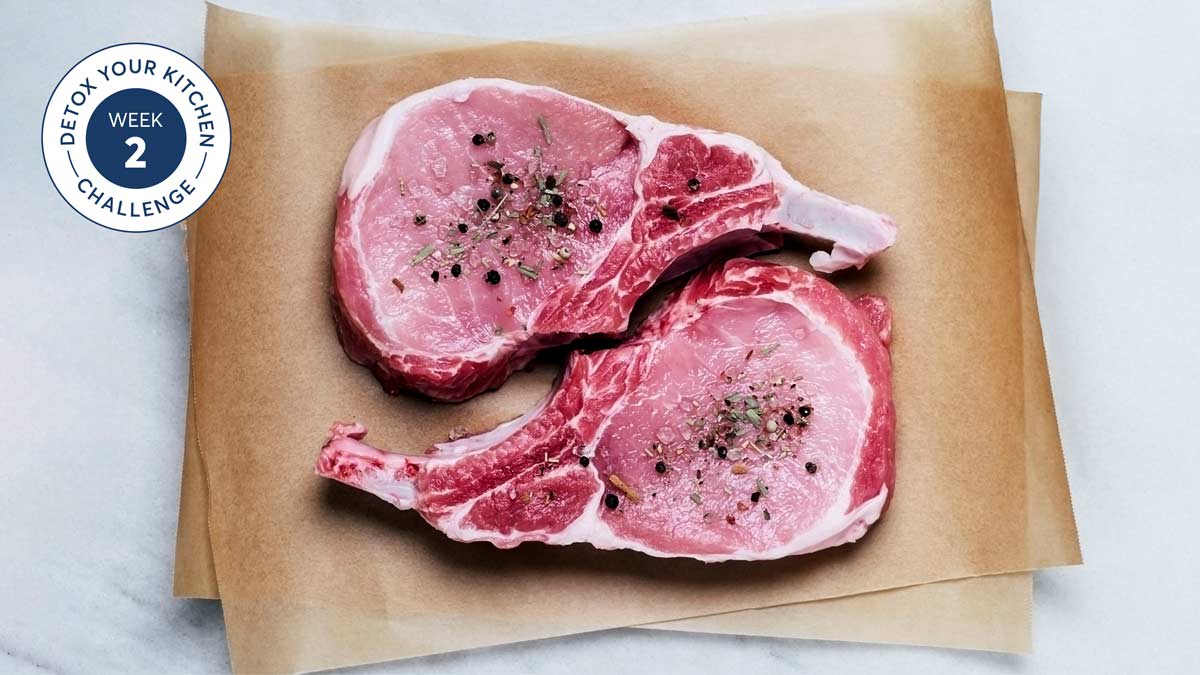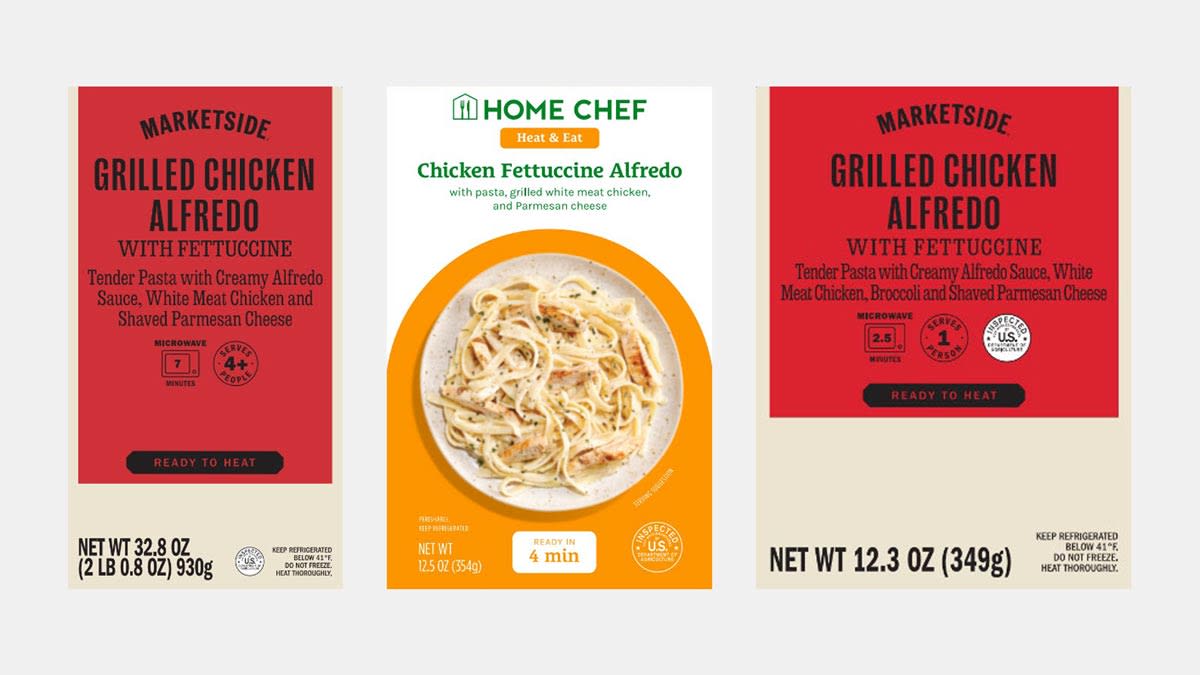How to Shop for Safer, Healthier Meat

In contrast to industrial farms, the best organic farms offer ample space for cows to graze on bucolic pastures. The animals and their food are free from most synthetic fertilizers, pesticides, hormones, and genetically modified organisms (GMOs). Animals aren’t given antibiotics to prevent disease; they’re treated if they become ill, but then the meat isn’t sold as organic.
In short, they live like cows are supposed to on something similar to what most people imagine a farm to be.
It’s impossible for most consumers to figure out what goes on behind barn doors, but the Cornucopia Institute, an independent organic industry watchdog, does that for you. It developed excellent scorecards that rank most of the nation’s organic beef, poultry, egg, and dairy producers based on metrics around animal welfare, transparency, pasture management, and other indicators that will point you to well-run organic farms.
I rely heavily on it for navigating the minefield. Checking brands in its searchable database is easy while standing at a grocery store meat case. Organic beef or poultry is generally safer than conventional, but Cornucopia deciphers between “industrial organic,” where animals aren’t raised with chemicals, hormones, or antibiotics, and “authentic organic.” The latter goes beyond the Department of Agriculture’s organic seal requirements for animal welfare, grazing practices, and environmental sustainability.
As far as nationally distributed brands go, Panorama Organic beef, Bell & Evans chicken, Vital Farms eggs, and dairy products from Maple Hill Creamery did well in Cornucopia’s rankings.
You can also look at seals and certifications on packaging. CR’s seal guide gives the highest ratings to American Grassfed, Animal Welfare Approved, Non-GMO Project Verified and USDA Organic.
Another surefire solution: Eat meat at fewer meals, have smaller portions, and throw a few veggie dogs on the grill.
Source link











